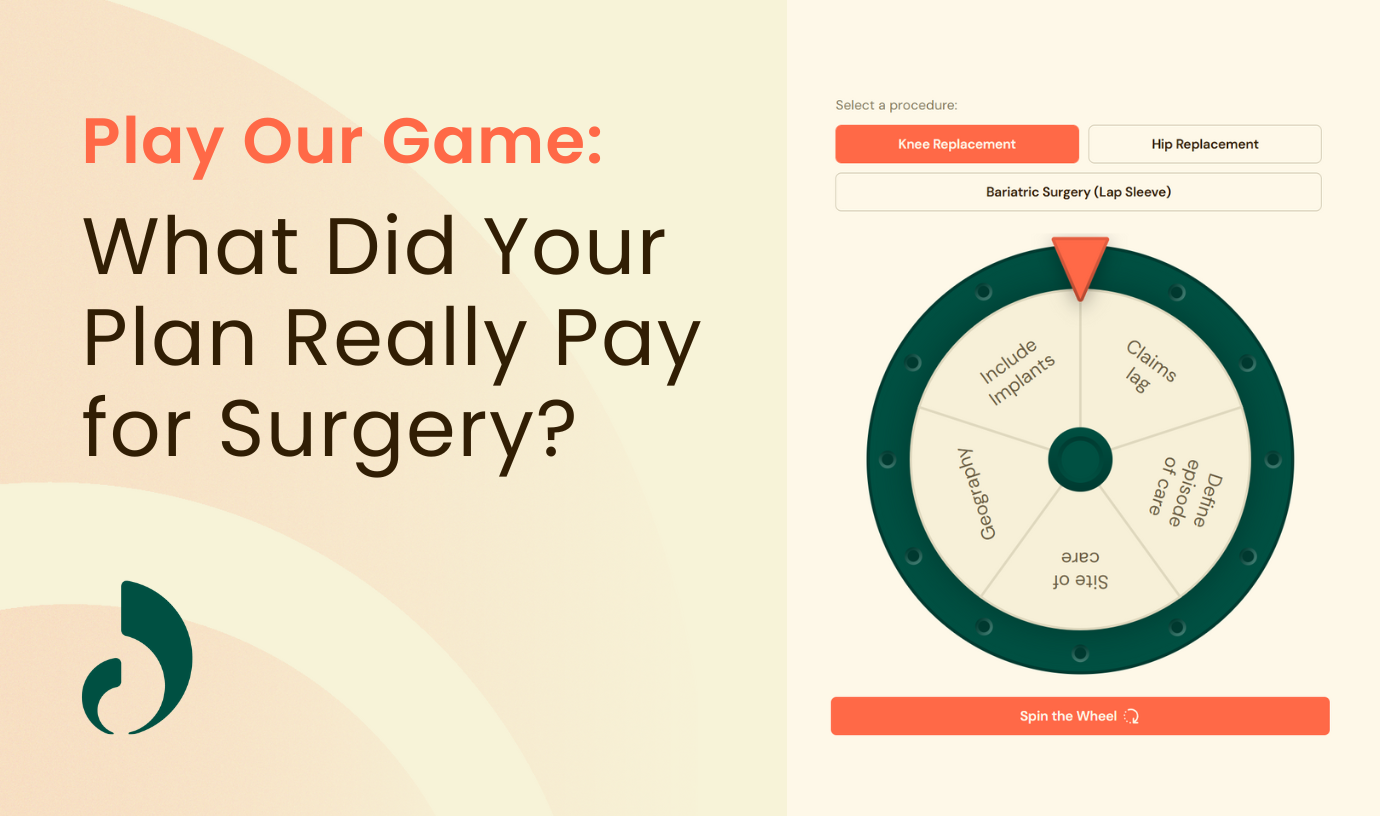You’ve probably sent a lot of emails about your great benefits, held lunch and learns, blasted your internal communications channels and posted flyers around the office. And yet… you hear crickets.
The reality: employees often don’t think about benefits until they need to use them. It makes employee benefits communication a daunting task when you’ve spent a lot of time crafting robust programs designed to support your workforce. Low engagement means you may not see results, such as improved health outcomes or savings, either.
In a recent webinar, two industry experts, Meredith Turner-Williams, Senior Vice President of Client and Operations at Castlight, and Shelly Towns, Chief Marketing Officer at Lantern, shared their insights on overcoming these common hurdles. They offered practical advice and a few marketing truths that might just change how you approach your future communications strategy.
Bridging the Benefits Awareness Gap
A fundamental challenge for benefits leaders is the simple fact that employees aren’t thinking about their benefits until they have an immediate need. This creates a communication gap that can be difficult to bridge.
“We have an incredible benefits package… but nobody knows about it,” Towns said, summarizing a common sentiment she hears from benefits leaders. “What a bummer when [they] don’t even know what’s available.”
Benefits can also be a complex topic, and employees might not feel confident asking questions, so they avoid it altogether. Compounding this issue is the assumption that employees share the same level of familiarity with benefits as an HR team.
We can’t take for granted what employees know or do not know. “We have to think like marketers and educate them,” Towns said.
Adopting a Marketer’s Mindset
Turner-Williams reinforced the need for benefits leaders to adopt a marketing mindset. “That’s an additional job to your job,” she said, and suggested looking to major consumer brands for inspiration on how to market benefits more effectively.
The shift requires more than just a change in perspective—it demands new skills, tools and strategies. Benefits teams, often small and resource-constrained, must find ways to communicate effectively without the luxury of large marketing budgets or dedicated creative teams.
Despite these challenges, Turner-Williams noted a consistent willingness among HR professionals to try new approaches. “Everyone’s looking for the silver bullet,” she said. “But there isn’t one. It’s a combination of tactics, executed consistently.”
The Modern Guide to Impactful Employee Benefits Communications

Use Effective Communication—Less is More
Beyond shifting your mindset, there are several practical strategies you can implement to improve your benefits communication and increase engagement.
For starters, simplify your messaging and use approachable language. “We just think about this stuff too much and we take for granted some of these words,” Towns explained. Instead of using clinical terms like “orthopedic,” she recommends using everyday language that employees can relate to, such as “back or knee pain.”
A simple way to test your messaging is what Towns calls the “spouse test” or the “friend test.” “Take this to somebody who has no idea what you’re talking about, who doesn’t live in a benefits or HR world and ask if it means anything to them,” she advised.
When it comes to communication materials, less is also more. She says a lot of materials just have too many words that become more confusing for your employees. “Write it down and then strip out at least 50%… and you can probably go even more, like 70%,” Towns recommended.
Turner-Williams emphasized the importance of clarity and simplicity, too. “Less words can sometimes have a bigger impact,” she said. “Focus on what’s going to grab attention and drive the call to action.”
Embrace Creative Campaigns to Promote Benefits
Don’t be afraid to experiment with various communication methods. While nearly two-thirds of employers only talk about benefits during open enrollment, employees want to hear more throughout the year. Not every idea will succeed, but each test offers valuable insight.
For example, Lantern once distributed branded kitchen magnets featuring word clouds and another with measurement conversions, hoping to replicate the success of their annual ID card mailings. While the concept was creative, the results were underwhelming, Towns admitted. “But we like to test,” she added.
Turner-Williams has seen companies use TikTok videos, desk drops with music and balloons, and benefits-themed swag to create a memorable and lighthearted experience. “Entertainment always goes far with people,” she said.
Something as simple as a postcard can be an effective tool, too, especially when targeted to the healthcare decision-maker in a household. Just remember to keep the message simple, as noted above, and include a clear call to action. “Lean on your vendor relationships as much as you can to do some of that heavy lifting,” Turner-Williams advised.
For on-site populations, don’t underestimate the power of visual reminders. “Flyers on the back of bathroom stalls. It works,” Towns said. “Floor decals where people are walking… those work, too.”
Lean on your vendor relationships as much as you can to do some of that heavy lifting.
Measure Success of Your Benefits Communications
To understand what’s working, it’s crucial to track the results of your communication efforts. Towns suggests using unique phone numbers on different materials or implementing a timestamp system to attribute calls to specific campaigns. “The most important thing with attribution modeling is to be consistent,” she emphasized.
Turner-Williams also recommends a direct approach: “We ask, ‘Hey, how did you hear about us?’” This not only helps with attribution but also provides insight into which communication methods are resonating with employees.
Ultimately, improving benefits communication is an ongoing process of testing, learning and adapting for your point solutions.
A Framework for Benefits Engagement
- Maximize the product. Make sure the benefit is easy to use and genuinely helpful.
- Use incentives. Give people a reason to engage (yes, even a small one).
- Communicate constantly. Use every channel you can, and don’t stop after one email.

By adopting a marketing mindset and implementing these expert-backed strategies, you can increase awareness, drive utilization and ensure your employees are getting the most out of the valuable benefits you provide.
“You can’t have the ‘build it and they will come’ mentality,” Turner-Williams said. “You have to use the tools that motivate people and tell them again and again that these benefits exist.”




